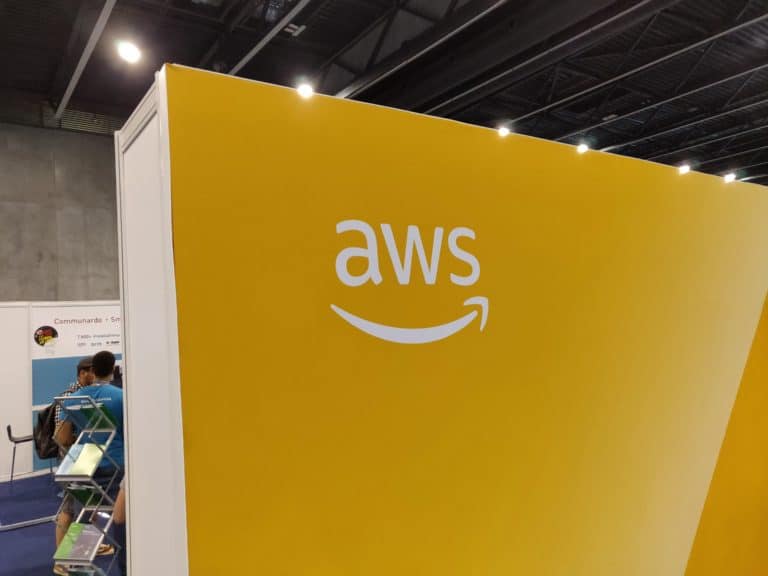AWS’s move is in response to Docker Hub imposing pull limits on some classes of customers.
Amazon Web Services is planning to create its own public container image registry. The initiative is in direct response to Docker’s decision to impose pull rate limits on Docker Hub.
The Docker Hub is a public repository of container images that are used to host the components of cloud-based applications. Most developers don’t create containers for common applications they use. Rather, they pull one from Docker hub or another repository and start running it immediately.
What is the problem with Docker Hub limits?
AWS explained the problem posed by Docker’s decision to impose pull limits in a blog post this week. Customers could see some of their applications and tools face throttling errors if they use Docker Hub, they warned.
Once the limits are in place, free plan anonymous use will be limited to 100 pulls per six hours. In addition, free plan authenticated accounts will be limited to 200 pulls per six hours. Pro and Team accounts will not see any rate limits.
AWS to the rescue
The blog post about the Docker Hub limits also included a “coming soon” announcement. In the post, Amazon said that they will deliver a new public container registry “within weeks.”
This new registry will allow developers to store, manage, share, and deploy container images for anyone to discover and download. AWS customers will also receive special pricing on the new service.
For example, a developer sharing public images on AWS will get 50 GB of free storage each month. Thereafter they will pay nominal charges. Anyone who pulls images anonymously will get 500 GB of free data bandwidth each month. After that, they can sign up or sign in to an AWS account.
Simply authenticating with an AWS account increases free data bandwidth up to 5 TB each month. Workloads running in AWS will get unlimited data bandwidth from any region when pulling publicly shared images hosted on AWS.
